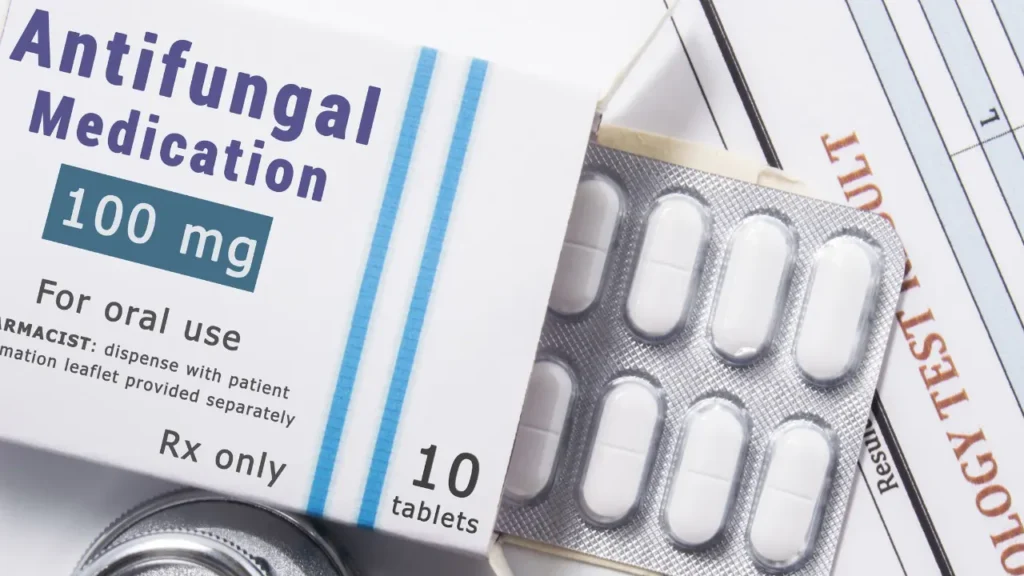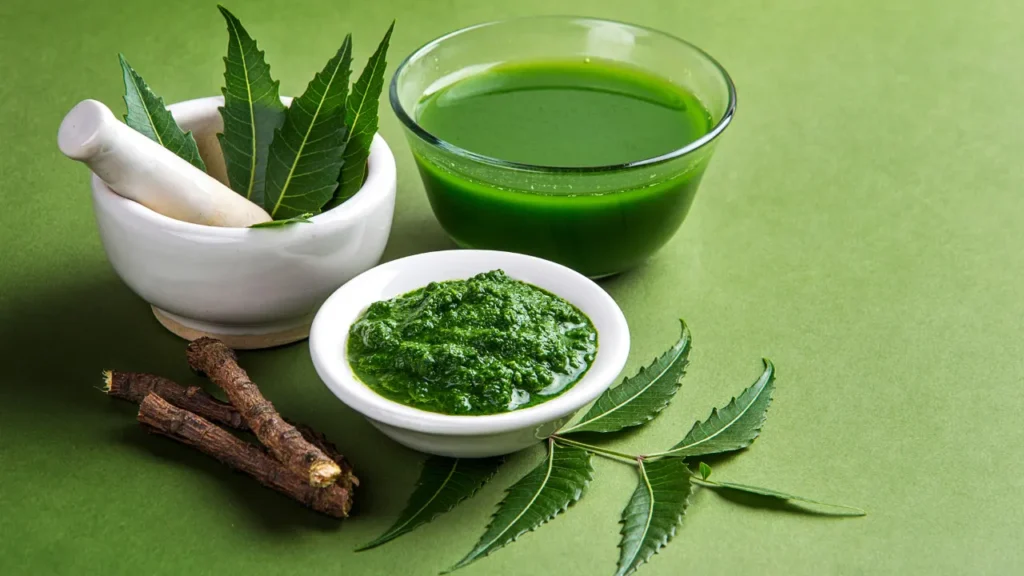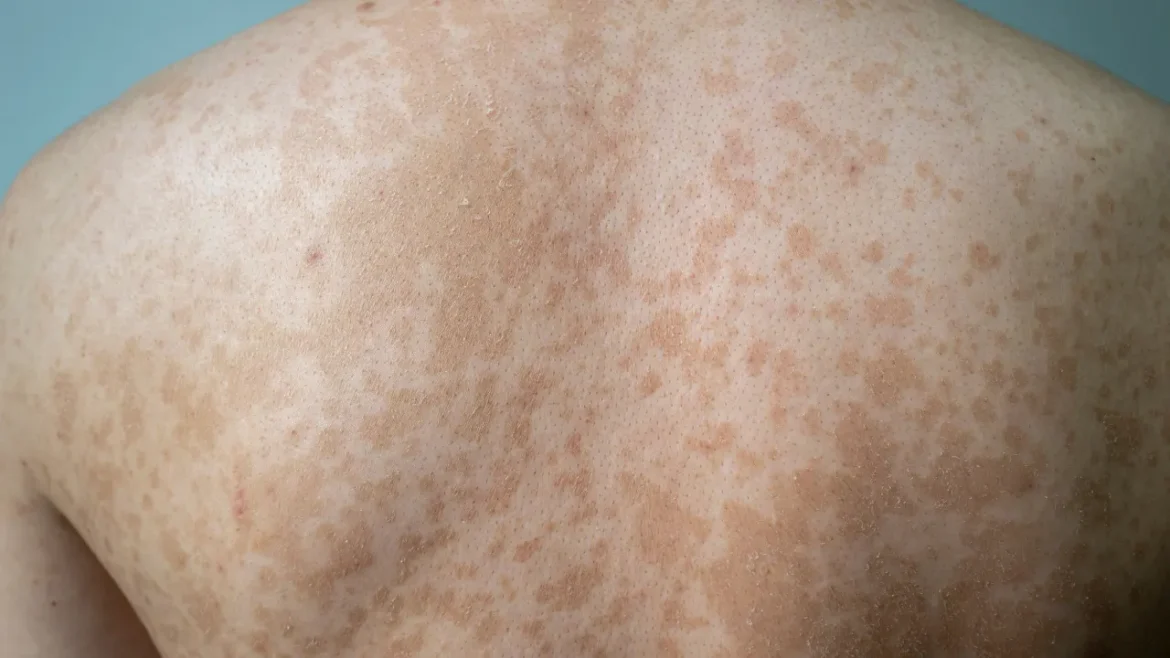Description
Tinea versicolor, sometimes referred to as pityriasis versicolor, constitutes a typical yeast-based skin ailment that is brought on by Malassezia furfur. Small, scaly regions of skin that range in color from white to pink, alongside tan to brown are defined by the growth of these patches on the skin. Sebaceous gland-rich body regions like the neck, chest, upper arms, back, and even the face are where these patches frequently develop.
Tinea versicolor is distinguished by a color change in the skin that is affected. According to a person’s natural skin color, the patches could appear lighter or darker compared to the surrounding skin. While darker-skinned people may have patches that are lighter or darker as opposed to their surrounding skin tone, lighter-skinned people typically have patches that are light brown or pink.
You May Also Like:
SMILZ CBD GUMMIES VS PARTNERED PROCESS CBD GUMMIES
KRIA BOTANICALS VS PARTNERED PROCESS: TWO CBD CONTRACT MANUFACTURERS COMPARED
Tinea versicolor: Description, Causes, and Treatment Protocol is an original (HealthXWire) article.
Possible Causes
It is unclear what exactly causes tinea versicolor, also referred to as pityriasis versicolor. Nevertheless, many factors have a role in the growth of such fungal skin infections. The yeast Malassezia furfur, previously referred to as Pityrosporum ovale, represents the major cause of tinea versicolor. The following are some potential causes and influencing factors: –
Hot and Humid Climate: In areas with warm, muggy temperatures, tinea versicolor becomes more common. Malassezia furfur can develop and spread more easily due to elevated heat and moisture levels.
Malassezia furfur Overgrowth: Malassezia furfur, a yeast, overgrows on the skin, causing tinea versicolor. Malassezia furfur remains a typical component of the skin’s flora and is present in trace numbers on the outermost layer of healthy skin. Nevertheless, under specific circumstances, this yeast may multiply and cause tinea versicolor.
Increased Sebum Production: The oils and lipids found on the surface of the skin provide food for Malassezia furfur. Tinea versicolor is more common in people having oily skin and who have higher sebum generation. The surplus oil offers the yeast an ideal atmosphere in which to flourish.
Hormonal Changes: The growth of tinea versicolor may be influenced by hormonal changes, notably those that occur during pregnancy, puberty, or when using hormonal contraception. Hormone fluctuations can alter the pH equilibrium within the skin and foster conditions that favor Malassezia furfur proliferation.
Weakened Immune System: Fungal infections like tinea versicolor are more likely to occur in those with compromised immune systems. Tinea versicolor is increasingly prevalent in people with weakened immune systems, including those having HIV/AIDS, recipients of organ transplants, and people on immunosuppressive medicines.
Utilization of Particular Medications: Immunosuppressants and corticosteroids, for example, can raise the possibility of tinea versicolor. Drugs like these may affect how the immune system reacts or may upset the normal balance of skin-surface bacteria, giving Malassezia furfur a chance to flourish.
Genetic Predisposition: The predisposition to tinea versicolor might have a hereditary component. Some people may be more likely to develop the illness due to a hereditary predisposition.
Exacerbating and Mitigating Factors
The following are some of the tinea versicolor aggravating factors: –
Warm and Humid Condition: Warm, humid surroundings are suitable for the development of the particular yeast Malassezia furfur. Infections with tinea versicolor are somewhat more common in areas in subtropical or tropical climates.
Increased Sweating: Excessive perspiration can produce a moist setting on the skin that encourages the development of the yeast that causes tinea versicolor. Strenuous exercise and restrictive clothing are two things that might make the issue worse.
Oily Skin: Tinea versicolor is more common in people who have inherently oily skin or who utilize greasy or oily skincare products.
Hormonal Changes: Tinea versicolor risk might be enhanced by hormonal changes, especially during pregnancy, puberty, or when using hormonal contraception. Variations in hormone levels may impact the pH balance of the skin along with fostering the growth of fungi.
Weakened Immune System: Fungal infections, involving tinea versicolor, are more common in people with weakened immune systems, like individuals having HIV/AIDS, recipients of organ transplants, or anyone taking immunosuppressive medications.
Tinea versicolor’s mitigating factors consist of: –
Minimizing Sun Exposure: The signs of tinea versicolor can worsen with too much sun exposure. It is recommended to limit the time in the sun and take the proper precautions, like using sunscreen and wearing clothes that protect people from the sun.
Good Hygiene Practices: The prevention and treatment of tinea versicolor depend heavily on maintaining excellent cleanliness. The chance of fungal overgrowth may be decreased by routinely drying and washing the afflicted areas to help eliminate extra sweat and oils.
Maintaining Clean and Dry Skin: Keeping the afflicted areas dry and clean can aid in preventing yeast from growing. After bathing or perspiring, the skin should be completely dried to avoid moisture buildup.
Avoiding Products with Oil or Grease: People who are susceptible to tinea versicolor must stay away from utilizing greasy or oily skincare items as these can encourage Malassezia furfur proliferation. By using oil-free cosmetics or non-comedogenic, individuals can keep their skin’s environment balanced.
Utilizing Antifungal Cleansers or Soaps: Yeast development on the skin may be reduced with the aid of antifungal cleansers or soaps incorporating ketoconazole, selenium sulfide, or zinc pyrithione. Tinea versicolor outbreaks might be avoided with the consistent application of these products.

Standard Treatment Protocols
Tinea versicolor is often treated with antifungal medicines. According to the intensity and scope of the infection, these drugs can either be applied locally or consumed orally. The following are typical therapies: –
Topical Antifungals: These include: –
- Ketoconazole
During 2-3 weeks, the afflicted regions can be treated with ketoconazole shampoos or creams once or twice a day. The tinea versicolor-causing yeast is prevented from growing.
- Zinc Pyrithione
Anti-dandruff shampoos sold over the counter frequently contain zinc pyrithione. As a topical therapy for tinea versicolor, it possesses antifungal effects.
- Selenium Sulfide
Selenium sulfide acts as a potent antifungal agent and is available in shampoos, lotions, and creams.
Oral Antifungals: These include: –
- Itraconazole
Itraconazole is another oral antifungal agent used to treat tinea versicolor.
- Fluconazole
For severe or repeated episodes of tinea versicolor, doctors frequently prescribe this oral antifungal drug.
The length and quantity of antifungal treatments can change depending on the patient’s specific needs and the seriousness of the ailment, it is crucial to note. It is wise to abide by a healthcare professional’s advice.


Treatment Options
Adjunct therapies may be taken into consideration in addition to normal treatment plans to improve the efficacy of traditional medicines. Some herbal supplements and natural cures have shown some promise, despite the paucity of scientific evidence for the effectiveness of these adjunct treatments: –
Natural Remedies: These include: –
- Aloe Vera
Aloe vera gel can help calm the skin and lessen irritation brought on by tinea versicolor because of its antibacterial and anti-inflammatory characteristics.
- Tea Tree Oil
Following a patch test to establish skin tolerability, dilute tea tree oil might be administered topically to the regions affected and has antifungal qualities.
- Apple Cider Vinegar
An organic antifungal agent, diluted apple cider vinegar is administered topically on the regions in question for a brief period of time before being rinsed off.
Herbal Remedies: These include: –
- Garlic or Allium sativum
Malassezia species have been shown to be susceptible to garlic’s antifungal properties. It can be added to lotions or creams or applied topically in the form of paste. Garlic supplements taken orally can also be an option.
- Neem or Azadirachta indica
Neem extract may be utilized topically in the form of paste or added to lotions or creams since they have antifungal effects.
- Turmeric or Curcuma longa
The primary component of turmeric, curcumin, has anti-inflammatory and antifungal actions. It may be taken orally or utilized topically.
Nutritional Supplements: These include: –
- Vitamin D
The immune system and general skin health may be supported by vitamin D levels that are adequate. Vitamin D levels might be kept stable by getting enough sun exposure and eating foods like fatty fish along with fortified dairy products.
- Selenium
A necessary mineral with antifungal effects is selenium. Brazil nuts, fish, and whole grains are some food sources that can provide it.
- Probiotics
A proper equilibrium of microorganisms within the body is maintained by probiotics like bifidobacterium and lactobacillus strains. They might promote healthy skin all around and immunological function.
- Zinc
Tinea versicolor can be treated with zinc, which also has an impact on immune system health. Poultry, oysters, nuts, and beans are among the foods that contain zinc.
However, it is crucial to remember that these complementary therapies have to be taken under the guidance of a medical expert. Individual reactions to these therapies can differ, which makes it critical to keep an eye out for any negative side effects or combinations with pre-existing prescriptions.


Conclusion
Tinea versicolor occurs when the yeast Malassezia furfur overgrows on the skin’s surface which causes discolored patches on the skin. Tinea versicolor is more prevalent in warm and humid climates because it thrives in those environments. Along with factors like hormonal changes, weakened immune system, and oily skin that can contribute to the occurrence of tinea versicolor. Since it’s a type of fungal disease, managing tinea versicolor typically involves the use of topical antifungal medications to eliminate the fungal overgrowth.
Additionally, maintaining dry and clean skin, avoiding oily or greasy products, and using natural remedies such as aloe or tea tree can effectively avoid or help you recover from tinea versicolor. Tinea versicolor takes time to resolve but by promptly recognizing the signs of tinea versicolor and seeking appropriate medical care, you can effectively manage this condition, restoring your natural appearance.


Additional resources for further reference
https://www.mayoclinic.org/diseases-conditions/tinea-versicolor/symptoms-causes/syc-20378385
https://my.clevelandclinic.org/health/diseases/17719-tinea-versicolor
https://www.aad.org/public/diseases/a-z/tinea-versicolor-treatment
https://emedicine.medscape.com/article/1091575-overview
Important Note: The information contained in this article is for general informational purposes only, and should not be construed as health or medical advice, nor is it intended to diagnose, prevent, treat, or cure any disease or health condition. Before embarking on any diet, fitness regimen, or program of nutritional supplementation, it is advisable to consult your healthcare professional in order to determine its safety and probable efficacy in terms of your individual state of health.
Regarding Nutritional Supplements Or Other Non-Prescription Health Products: If any nutritional supplements or other non-prescription health products are mentioned in the foregoing article, any claims or statements made about them have not been evaluated by the U.S. Food and Drug Administration, and such nutritional supplements or other health products are not intended to diagnose, treat, cure, or prevent any disease.
Table of Contents


